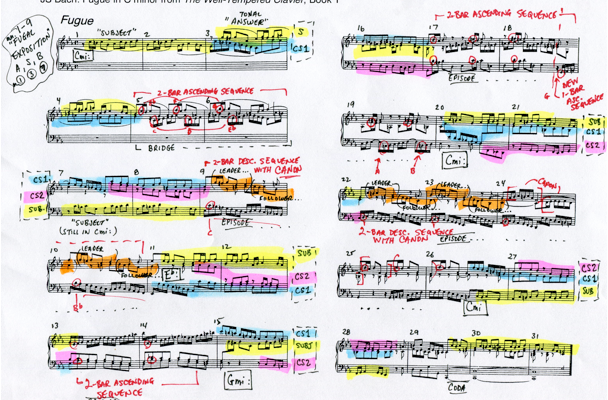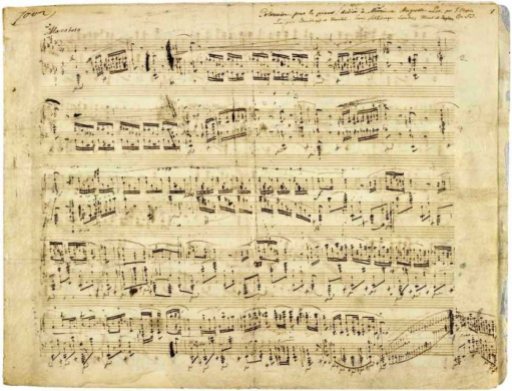Piano Teacher in Boca Raton
Study Piano Performance in Boca Raton & West Palm Beach
The Art of Fugue
In order to analyze, appreciate and comprehend the musical form called fugue, one must first know the various elements that comprise a fugue.
Every fugue has its own individual characteristic, which display a full range of human emotions. From peacefulness and tranquility to anguish and despair. JS Bach used rhythms, motives as well as melodies and harmonic movement to capture all of these human emotions. Bach used the temperaments of the different keys to establish the mood of each prelude and fugue. These same tonalities are also clearly defined in his choral works as well. Bach was acutely aware of symbolism in art and religion and used it extensively in his works and was well aware of the subtle subliminal effect it has on the listener in addition to the harmonic progressions, melodic intervals, rhythmic motives and patterns.
Bach very adept in the understanding of numerical symbolism, used numerical codes…
View original post 445 more words
Optimize Your Piano Practice Time
Practice Tips for Developing a Solid Technique in Piano Performance
Practicing is both an art and a science. Every student of piano performance must remember that their achievement on the instrument will be the direct result of the amount of time and the quality of their practicing.
The art and science of practicing is not just time spent at the instrument but time spent listening to the music the student is working on, studying and understanding the harmonic analysis of the music as well as researching the time period and technical characteristics of the composer of the piece you are working on.
In addition to this, it is advisable for the student to prepare a weekly plan outlining the time spent on specific techniques, repertoire, sight-reading and review of old or previously learned repertoire.
Technique
The purpose of technique is to serve the pianist’s imagination and realize his/her interpretive ideas…
View original post 201 more words
Are Pianists the Super-Athletes of the World?

Learning Strategies for Musical Success

Physiologist Homer Smith cites skilled piano playing as one of the pinnacles of human achievement because of the “demanding muscle coordination of the fingers, which require a precise execution of fast and complex physical movements”. This remarkable human ability provides an insight into the power of the brain. Consider Frédéric Chopin’s popular but challenging Fantaisie-Impromptu. This work requires playing approximately nineteen notes per second. The performer must learn these notes to such an extent that conscious attention to them is virtually no longer necessary. This is the aim of any playing of music—to render the technical demand to an almost unconscious level. Daniel Levitin says, “Plain old memorization is what musicians do when they learn the muscle movements in order to play a particular piece”. Much of this repetitive practice routine is more or less an algorithmic task. There’s nothing particularly creative about learning the motor mechanics of a phrase…
View original post 308 more words
Study Piano Artistry in Boca Raton & West Palm Beach
Study Piano Artistry Online with Google +




























